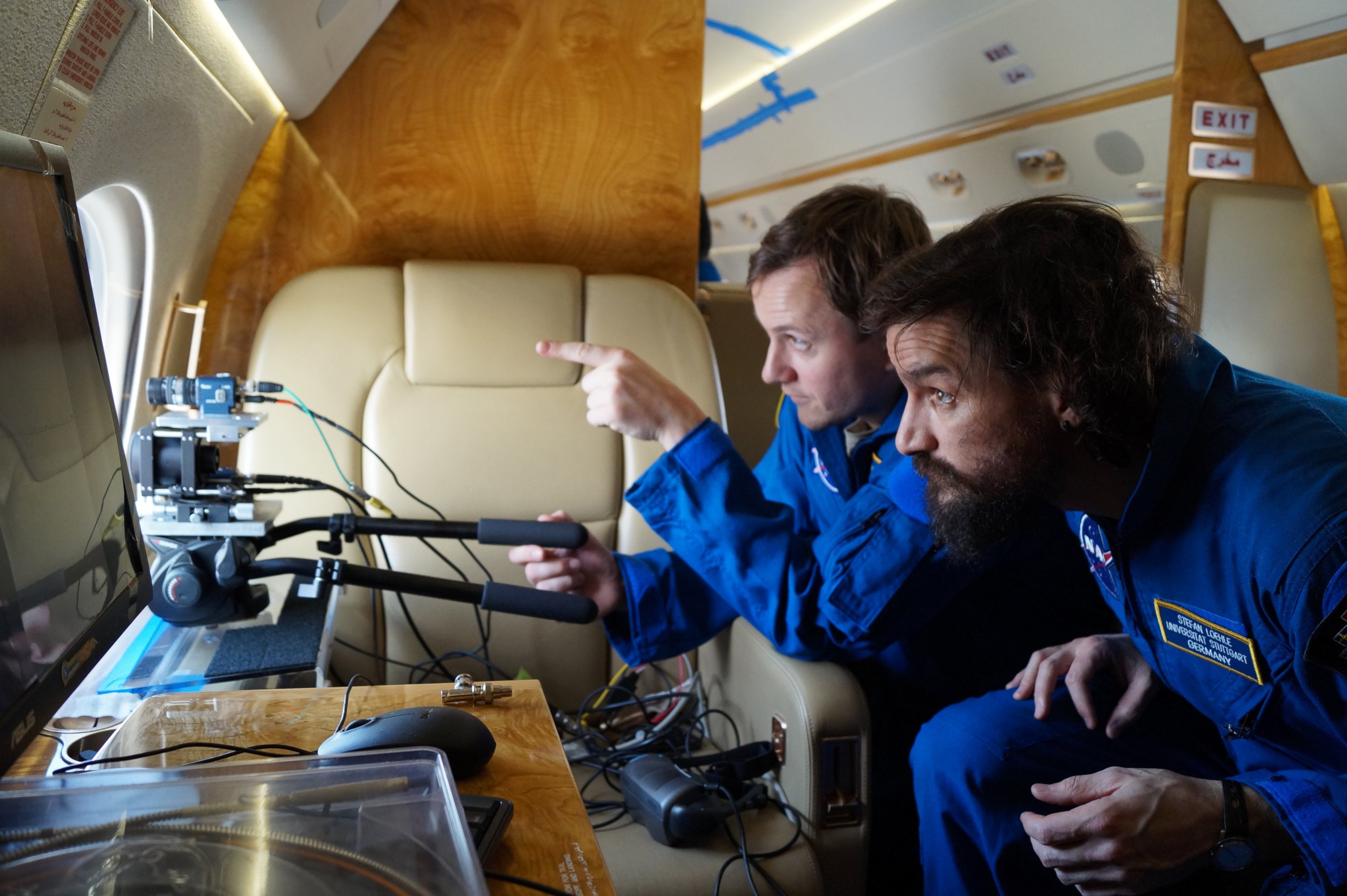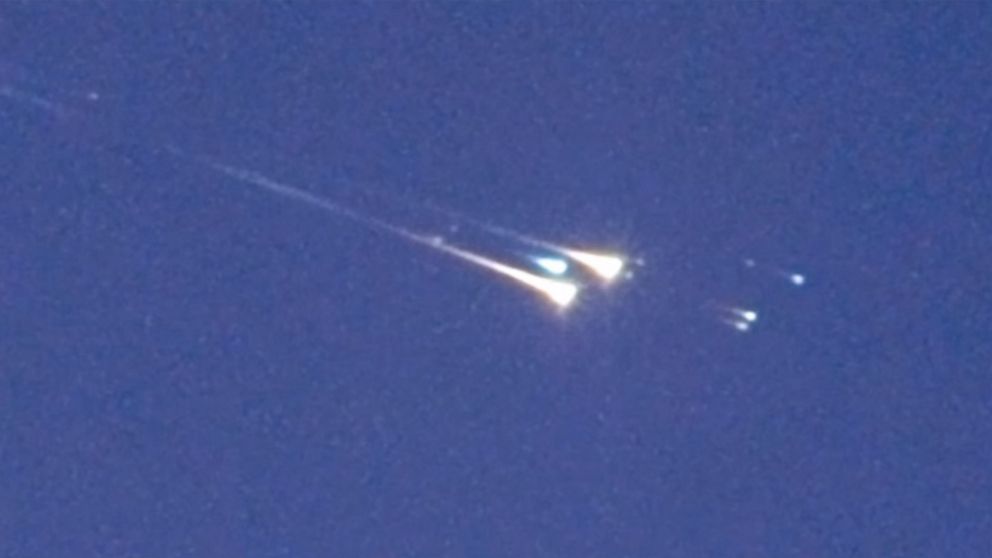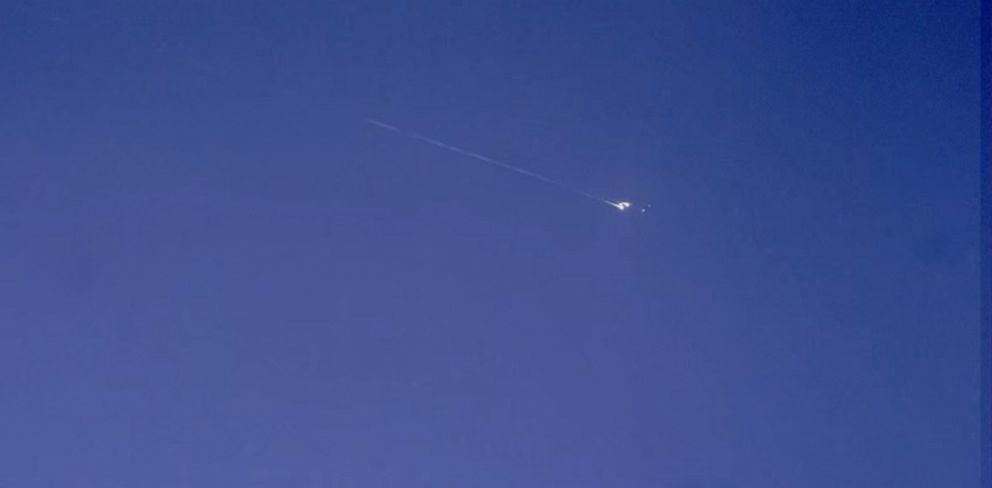Mysterious Space Junk Hurtling Towards Earth Crashes Into Indian Ocean
NASA spokeswoman said it was never a threat to anyone on Earth.
— -- A mysterious piece of space junk that was detected hurtling towards Earth about a month ago splashed down in the Indian Ocean this morning, scientists said.
The space debris, named WT1190F, entered the Earth's atmosphere and landed off the coast of Sri Lanka, according to NASA.
Scientists first spotted the object on Oct. 3 and have been tracking its movements since then so they were able to predict when and where it would hit.
"It was never a threat to anyone on Earth because of its small size," NASA spokeswoman Laura Castillo told ABC News today.

The object landed in the Indian Ocean about 50 miles off the coast of Sri Lanka at roughly 1:15 a.m. Eastern time today, Castillo said.
Though the exact nature of the object remains unknown, and likely will for a long time, Castillo said that it is believed to be a "low-density" man-made object. "So that would suggest something like panel as opposed to something round or more dense," Castillo said.
In terms of size, Castillo said that it is believed to be roughly 3 to 6 feet long.
Detlef Koschny, the head of of the European Space Agency's Near Earth Object office, told ABC News that they have determined that it was definitely "something artificial" as opposed to being an organic piece of matter.

"It was a probably an upper stage of a rocket that went to the moon a long time ago but we still don't really know," he said.
Koschny said that the object was last spotted visually in an image captured by a telescope in 2009, but beyond that there is no way of placing the object to a specific lunar or inter-planetary mission.

Because of rainy and cloudy weather in Sri Lanka, which is in the midst of their monsoon season at the moment, Koschny the best observation of the object came this morning when a team of scientists took a private plane near the expected landing site and photographed its descent.
Even then, the scientists had to be quick to capture it: Koschny said that it was moving at about ten times the speed of a bullet.




